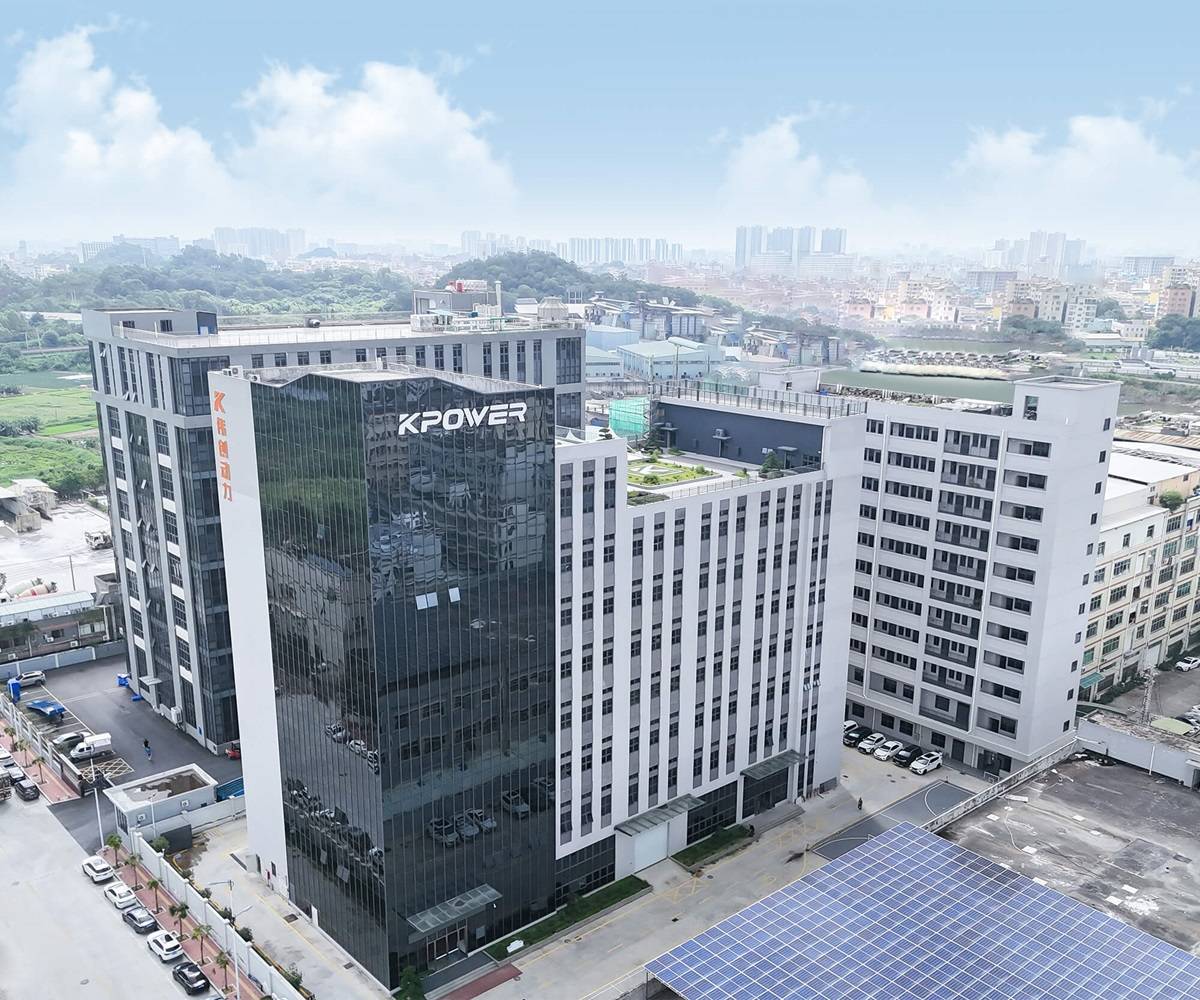Certainly! Here’s the first part of your soft article themed around “conveyor motor gearbox.” I will craft it to be engaging, inviting, and informative, encouraging readers to explore this crucial component of industrial automation.

Imagine a bustling factory floor—machines humming, products flowing smoothly from one stage to the next, all thanks to the silent yet relentless work of conveyor systems. These systems are the veins through which goods circulate, enabling modern industry to meet the demands of speed, efficiency, and precision. At the heart of many conveyor systems lies a crucial but often overlooked hero: the conveyor motor gearbox.
The conveyor motor gearbox is the unsung hero that transforms raw power into purposeful motion. Think of it as the control center that ensures the conveyor moves at just the right speed, with just the right torque—whether transporting lightweight packaging or heavy machinery parts. Its design and performance have a profound impact on the efficiency of the entire supply chain, making it indispensable for industries ranging from automotive manufacturing to food processing.
But what exactly is a conveyor motor gearbox? Simply put, it’s a specialized mechanical device that combines a motor with a gear reduction mechanism. The motor provides the initial power—rotational energy—while the gearbox modulates that energy, altering the speed and torque to suit specific conveyor needs. This allows for smooth, controlled motion and enhances the operational lifespan of the entire conveyor system.
Understanding the anatomy of a conveyor motor gearbox helps clarify why it plays such a vital role. Typically, it consists of a motor—often electric—connected to a series of gears housed within a durable casing. These gears can be spur, helical, bevel, or worm, each chosen based on the application's torque requirements, space constraints, and desired speed reduction. The design ensures that high rotational speeds from the motor are reduced to manageable levels while increasing torque, effectively translating electrical energy into precise mechanical movement.
Choosing the right gearbox is more than just matching size or power ratings; it involves balancing multiple factors. For instance, industries handling fragile or high-value items require gearboxes that operate smoothly and reduce vibrations to prevent product damage. Conversely, heavy-duty applications, such as conveyor belts transporting raw materials, demand gearboxes capable of delivering substantial torque without overheating or wearing prematurely.
Efficiency is a key criterion in selecting conveyor motor gearboxes. An efficient gearbox minimizes energy loss during operation, reducing operational costs and carbon footprint. Modern gearboxes incorporate advanced materials, precision engineering, and lubrication systems to achieve top-tier efficiency ratings. These innovations translate into longer service life, reduced maintenance, and less downtime—crucial benefits that keep production lines running seamlessly.
Another important aspect of conveyor motor gearboxes is their adaptability. Many industries require customized solutions—gearboxes tailored to specific conveyor lengths, load capacities, and operational speeds. Modular designs facilitate scalability and ease of maintenance, allowing companies to upgrade or repair parts without overhauling entire systems. This flexibility is essential in dynamic markets where operational agility can provide a competitive edge.
Costs associated with conveyor motor gearboxes can vary widely depending on size, complexity, and certification standards. While initial investments might seem substantial, the long-term gains in reliability and efficiency often outweigh the upfront expense. Manufacturers increasingly focus on producing gearboxes that are not only durable but also environmentally friendly, featuring biodegradable lubricants and energy-efficient components.
The durability of a conveyor motor gearbox is often tested through rigorous standards—testing for load capacity, thermal performance, vibration, and corrosion resistance. Proper installation and routine maintenance extend these systems’ life, safeguarding the initial investment and ensuring consistent performance. Educated operators and maintenance teams understand that a well-maintained gearbox is fundamental to preventing costly breakdowns and production halts.
Technological innovations continue to reshape the landscape of conveyor motor gearboxes. The integration of smart sensors allows real-time monitoring of temperature, vibration, and operational parameters. This predictive maintenance approach reduces unexpected failures and maximizes uptime. Moreover, advances in gear materials—such as composites and ceramics—offer increased strength and reduced weight, further enhancing system performance.
In essence, the conveyor motor gearbox is a keystone of industrial automation—ensuring efficiency, reliability, and adaptability in conveyor systems worldwide. As industries evolve and demands grow more complex, investing in high-quality gearboxes with innovative features becomes ever more vital. It’s not just about moving goods; it’s about moving industry forward with confidence and precision.
Kpower has delivered professional drive system solutions to over 500 enterprise clients globally with products covering various fields such as Smart Home Systems, Automatic Electronics, Robotics, Precision Agriculture, Drones, and Industrial Automation.




































